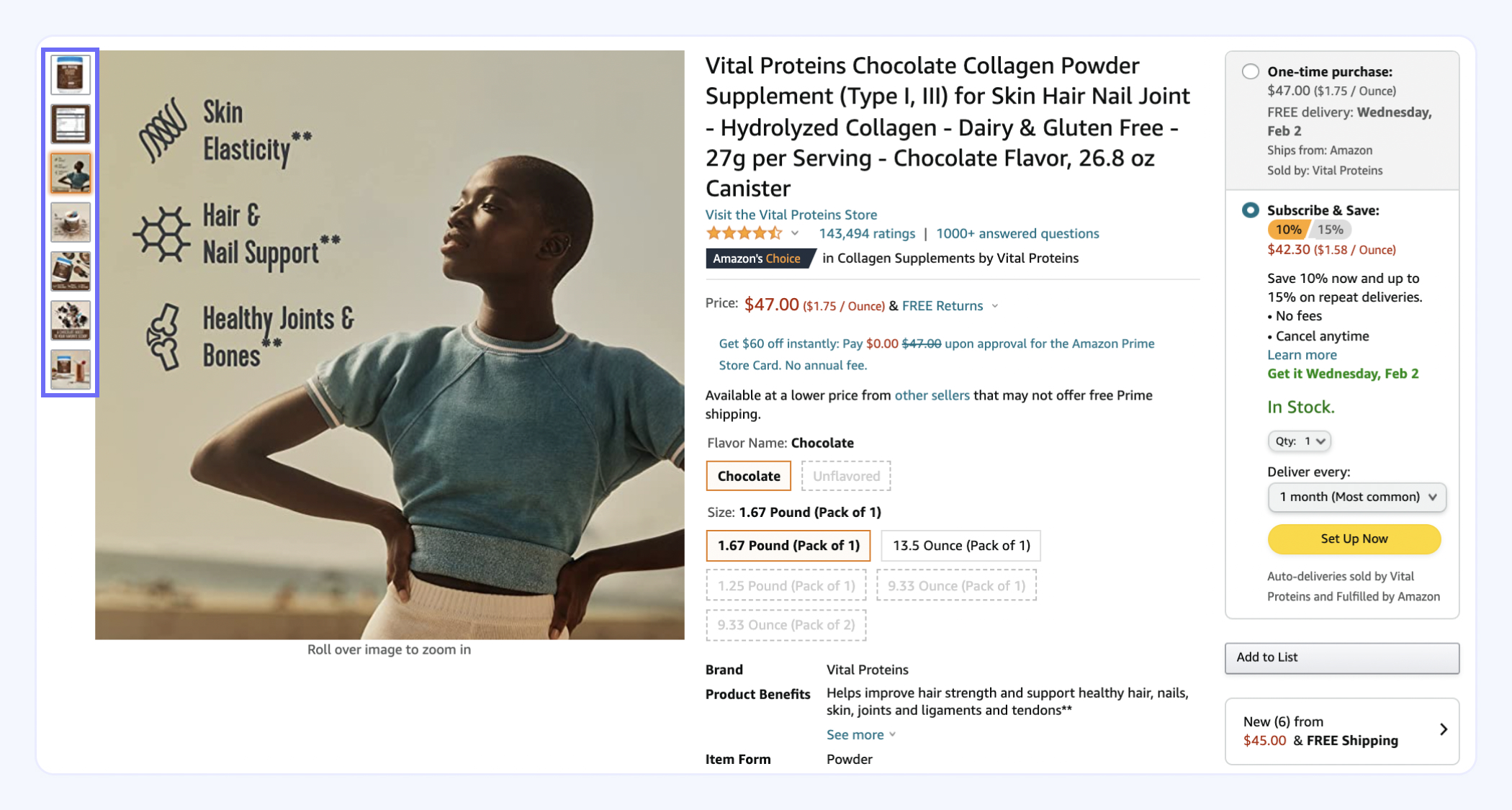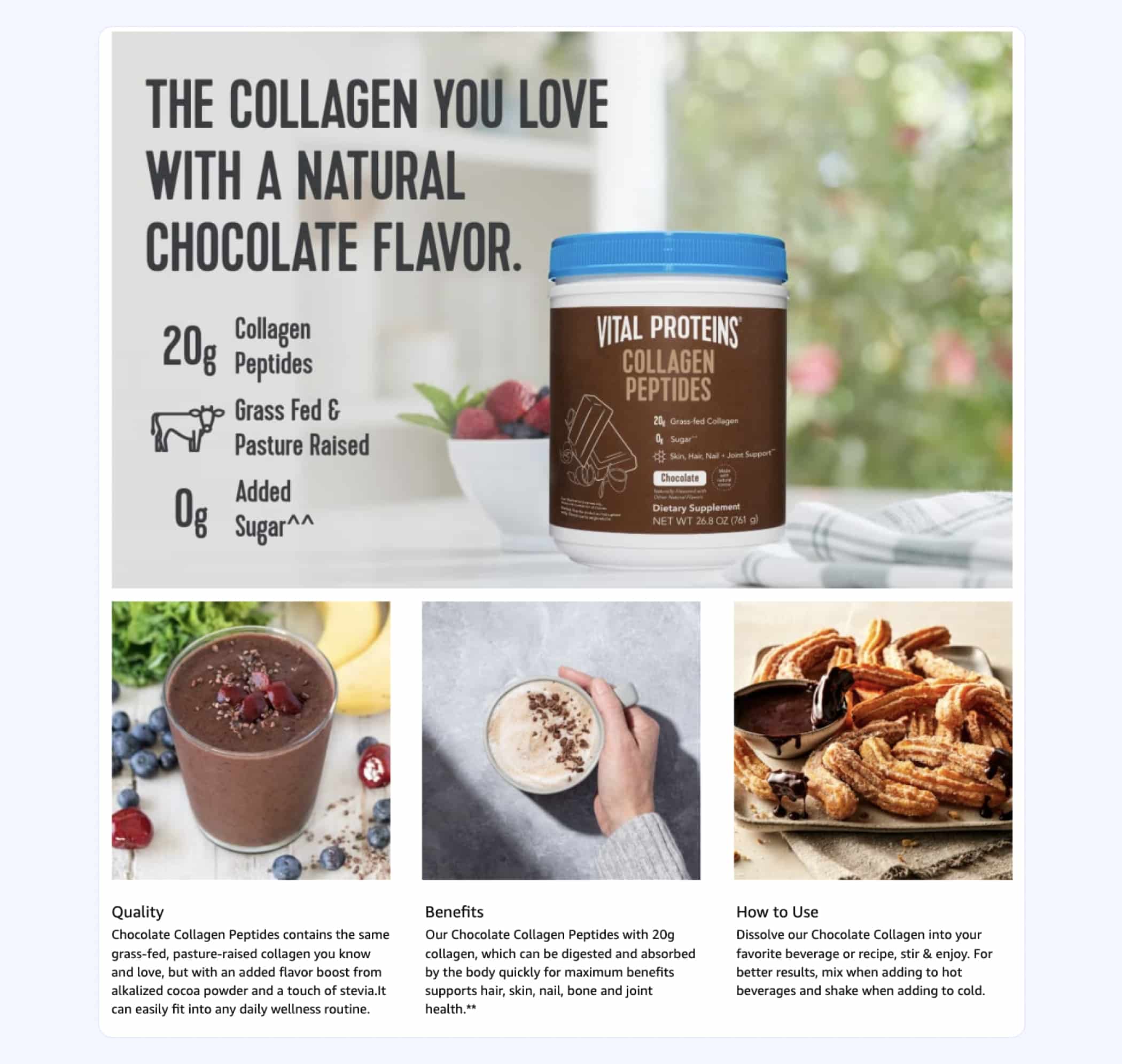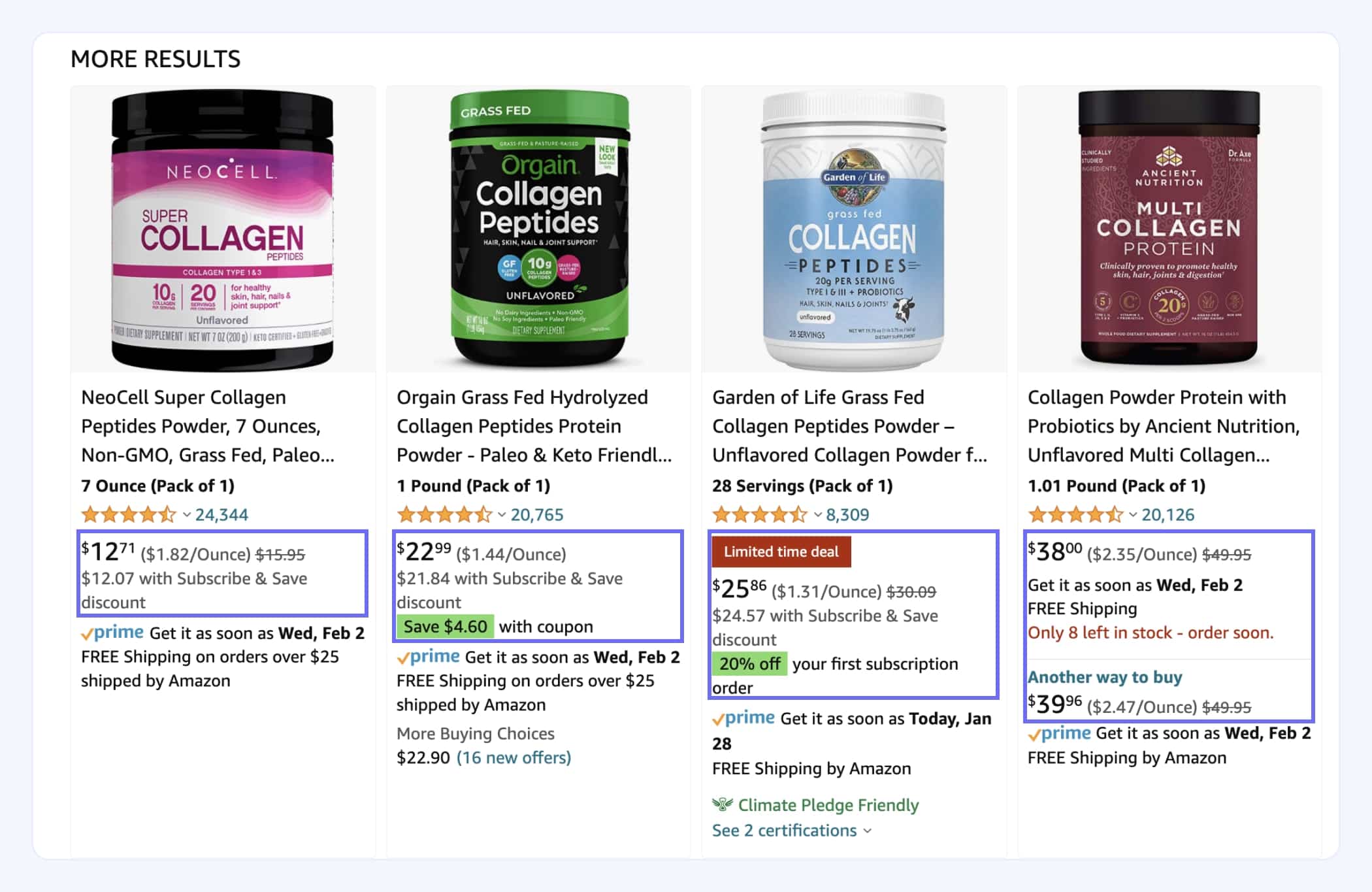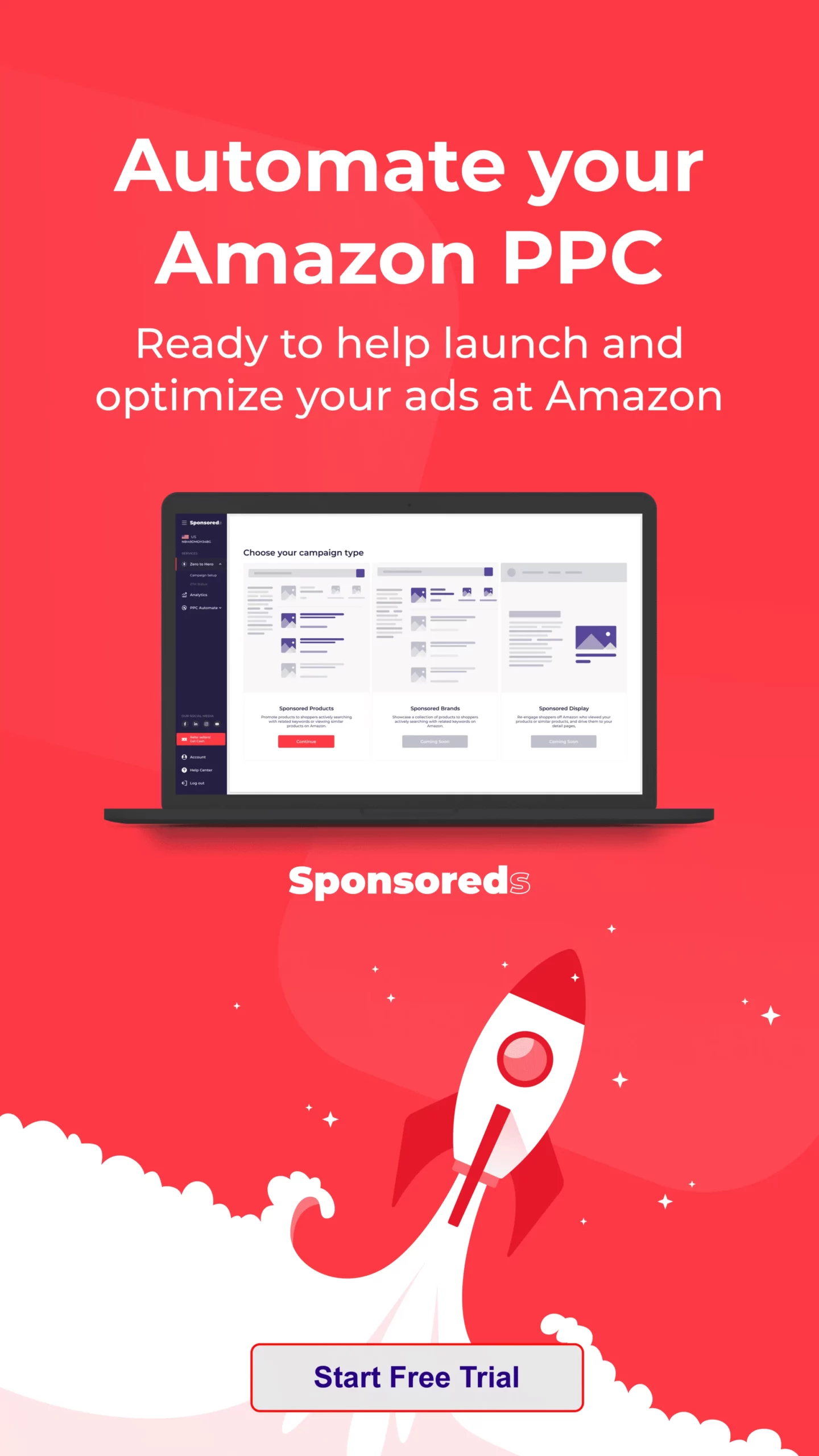Selling through Fulfillment by Amazon (FBA) can be rewarding and take a lot of stress out of being a seller. With Amazon helping take care of things like shipping, storage, and customer service, you can focus on your product. At the same time, the competition is fierce. With multiple sellers competing for limited real estate, being seen on Amazon is an added challenge that can affect sales as much as the product itself.
At Boosted Commerce, we’ve learned a thing or two about growing a brand – more than 45 of them, in fact. Through a team of brand managers and operators, we’re used to optimizing our operations on a consistent basis. Below some tips are drawn from that experience to help you optimize your FBA business.
Sweating the Small Stuff
A good product is really just the start. You need to have one, of course, but once you do, everything else goes into convincing the customer that your product is, in fact, good enough to buy.
This starts with a good, high-quality image. This may require hiring a professional, but if that’s out of your budget, there are some basics to consider.
- Have good lighting. A picture that obscures the object it’s trying to show off defeats the point of the picture.
- Show off all angles of the product. Don’t leave a prospective customer with unanswered questions – you never know what part of the product will fill a specific need.
- Portray key features. For example, including the dimensions in an image, showing various uses, and including any advertisable benefits all make it easier for a customer to make an informed decision.
Good copy complements this. Your description needs to concisely convey what your product does and how it does it. A bulleted list is the easiest way to accomplish this. Not only does it allow you to summarize the important product features easily, but it’s also easily digestible for the reader.
Most importantly, remember to take the customer’s perspective into consideration. While you have an extensive understanding of the features and benefits of the product, the customer does not and may not even know what’s important to consider. Taking the guesswork out of the equation makes it easier for a customer to make a decision, separating you from competitors who may be less clear.
Ranking for Keywords
Of course, all of this is only good if someone can find you, and that’s where good keywords come in. But simply stuffing keywords into a product listing isn’t going to do the trick. It requires both research and organic writing. Where to start?
There are numerous tools to help find the best-ranking keywords. It’s important to remember that people will be searching for your product, and they expect to find something relevant to their search. This means that the keywords need to not only be high-ranking but also need to be high-ranking in a way that relates to your product.
Once you’ve found the keywords you want to use, they need to be worked into your listing. The title is probably where you can do the most keyword stuffing, as it’s about visibility and convincing someone to look further. However, in your description, the keywords need to be worked in organically. While the keywords themselves are to help visibility, the person actually reading the description is looking for information to make a purchasing decision. So, it’s about finding a balance. Finally, there are hidden keywords and search terms, which give you a further opportunity to be discovered.
Ultimately, it’s about finding the right mix of discoverability and information to allow customers to find your product on Amazon, then having the listing gives them the information they need to make a purchasing decision.
Pricing
Another important factor in increasing sales (and profit) is pricing. It’s unfortunately not as simple as a lower price increasing sales and a higher price increasing sales margin. Low prices can give you the edge over competitors but can also make your product seem lower quality and drive customers away. High prices can get you undercut and make your product seem higher quality, and draw customers in. Ultimately, price is anything but set-it-and-forget-it.
Proper pricing will require a lot of tracking, both of your buyers and your competitors. The first step is to understand where your competitors stand, especially in relation to each other. This creates the foundation for your pricing strategy and where you want to fit into that landscape. At the same time, tracking buyer behavior can inform not only what your pricing should be but also how you’re viewed relative to your competitors.
Finally, the supply chain has come to the forefront in recent months, and it creates a volatile variable that can affect pricing. First, keep an eye on your own inventory. If you’re struggling with supply chain issues at a time when sales are increasing, upping your prices simultaneously reduces sales while maintaining profit and allows you to reduce the likelihood of a stockout. On the other hand, if competitors stockout and you don’t, it’s an opportunity to increase profit by increasing prices, as you’re the only game in town.
Getting Reviews
One of the things you have the least control over, but a crucial part of running an FBA business, is reviews. Reviews not only help create visibility within Amazon, but they also create social proof, which tells other customers that this product delivers on its promises. However, getting people to leave reviews can be challenging, especially since people are more likely to leave reviews when they’re upset than when they’re happy. So, what can you do to get more reviews?
- Stay in contact with customers. A simple follow-up email can do wonders, especially if it’s personalized as opposed to a generic email from Amazon. Any electronic communication is an opportunity to connect with customers about purchases and reviews, but it’s important to be as personal as possible, such as having a one-to-one discussion on social media rather than a generic blast to all of your followers asking for a review.
- Take advantage of Amazon programs. The Amazon Early Reviewer Program and Amazon Vine both offer ways for a new product to gain reviews.
- Physical marketing materials like product inserts and follow-up postcards add a further personalized element and allow you to show the customer that you really do value their review.
Making the most of your Amazon listing
A good product is a good start, but to really make the most of your FBA business, you need an Amazon listing to match. Improving images, copy, keywords, pricing, and reviews will all go toward making sure that customers can find your product. And once they do, the hard work you put into making sure you have something worth buying will pay off. Our formula utilizes strategies like those listed above, allowing us to not only help sellers complete a successful exit but keep their hard work growing once they do.
About the author
Tamar Frumkin is the VP of Corporate Marketing and Partner Development at Boosted Commerce. With more than 15 years of experience in everything from proptech to fashion tech, customer experience software, and health tech platforms, Tamar has spent her career establishing sales pipelines and brand identities and carving out communication strategies for SaaS platforms.









